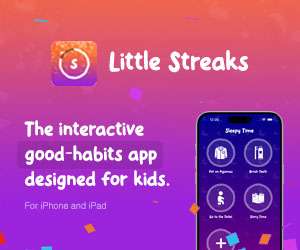Practice is something you do in the backyard, training is what you do with a coach and team mates. That should always involve real-live game scenarios, so all teams train, but they do it with game like situations, break down offence and defence, work on screening, or help defence, or pass and relocate, or spot up shooting, or transition, all training for game.
So Indiana is right, players learn by doing. What spectators don't see is the training. When coaches suddenly change line-up, probably means someones been training well. 12th man in NBA, train full on with starting 5 few times a week. People say MJ player some of his best ball at training.






